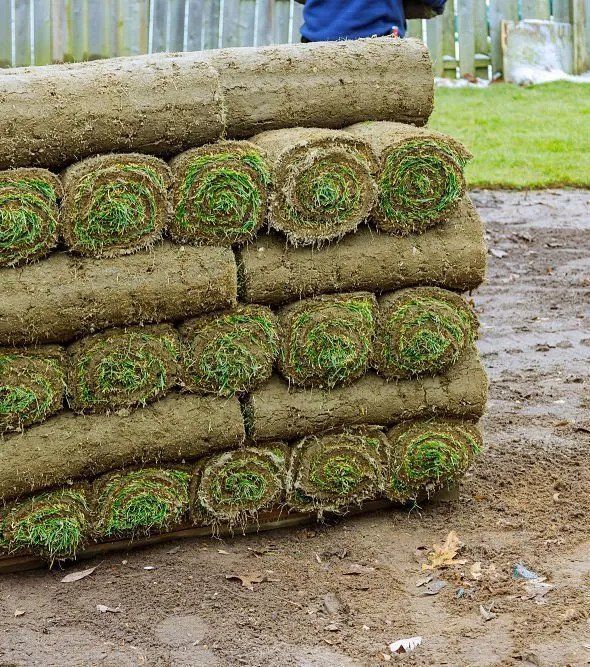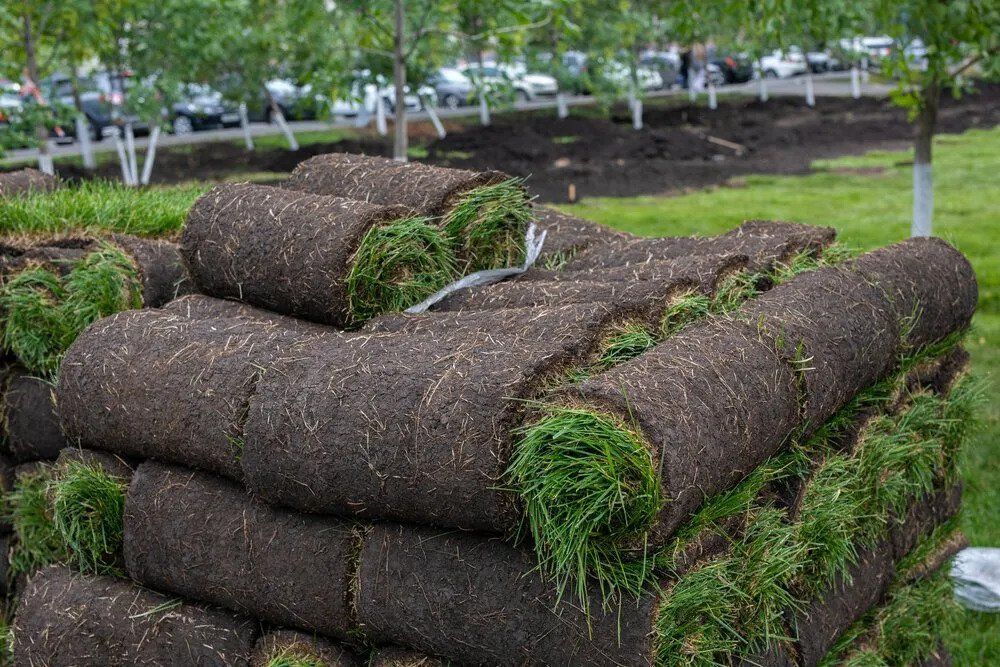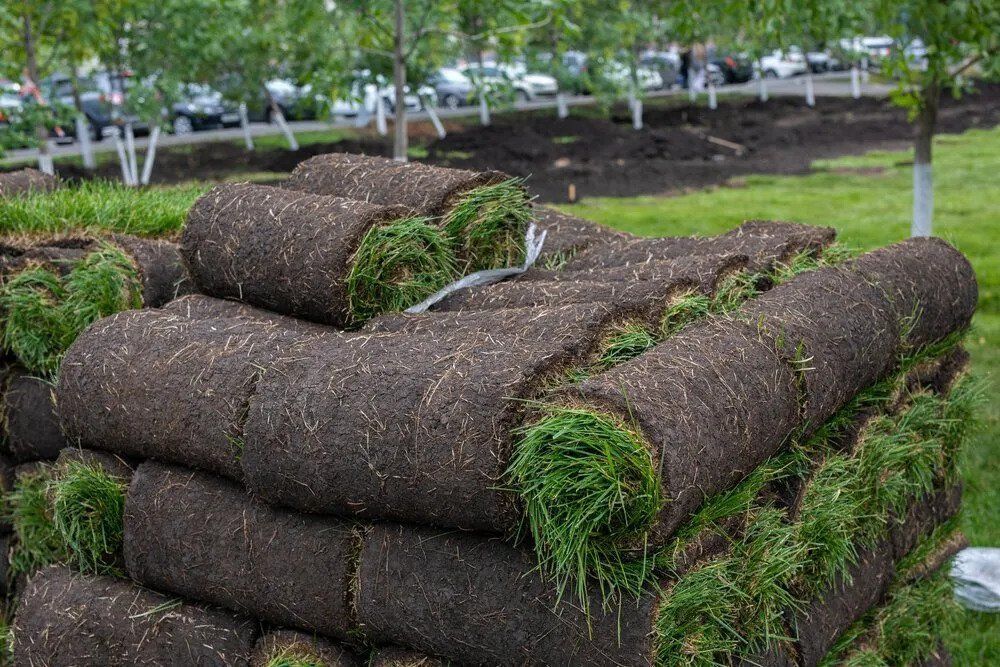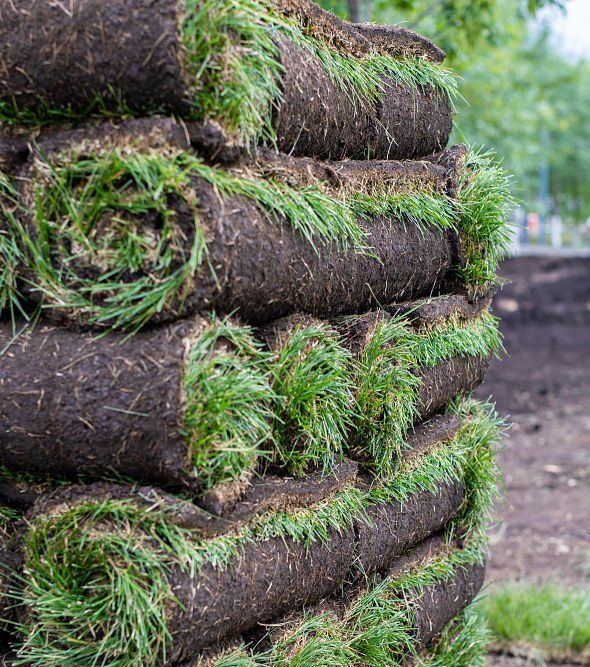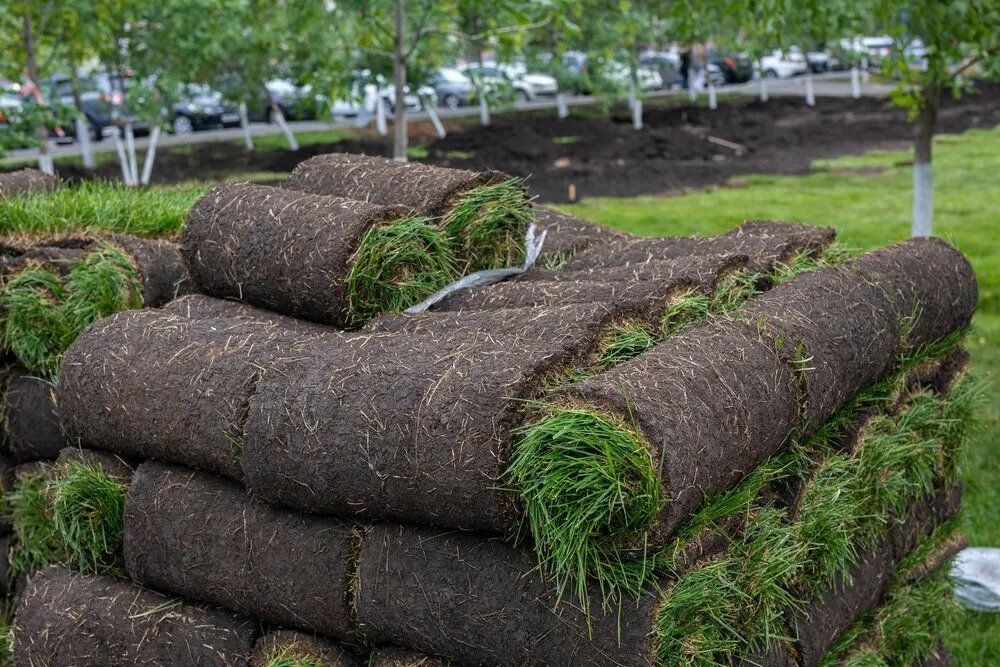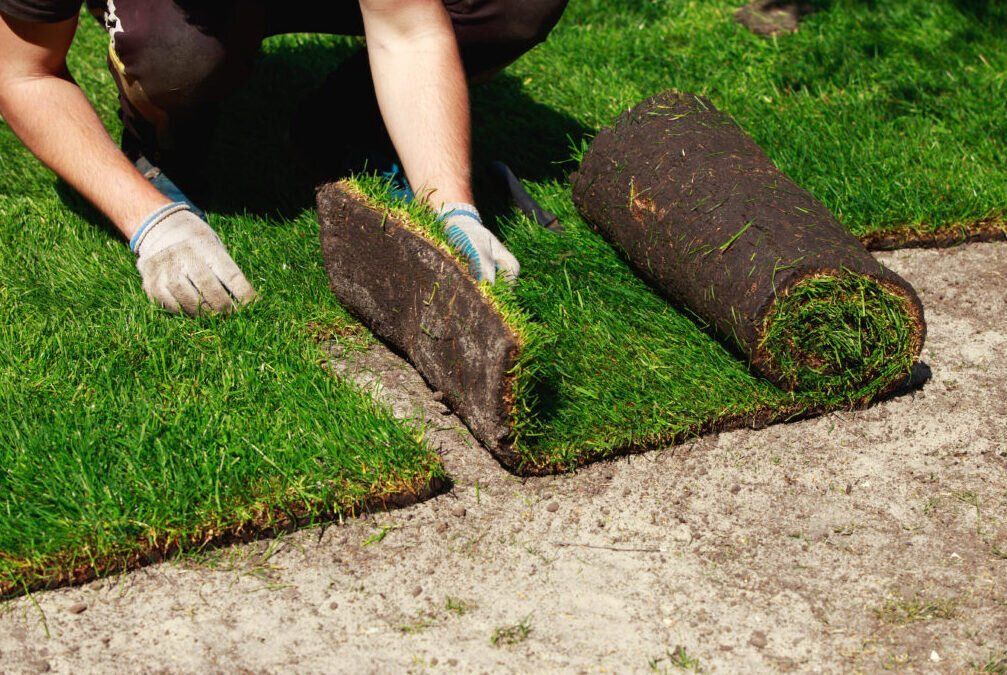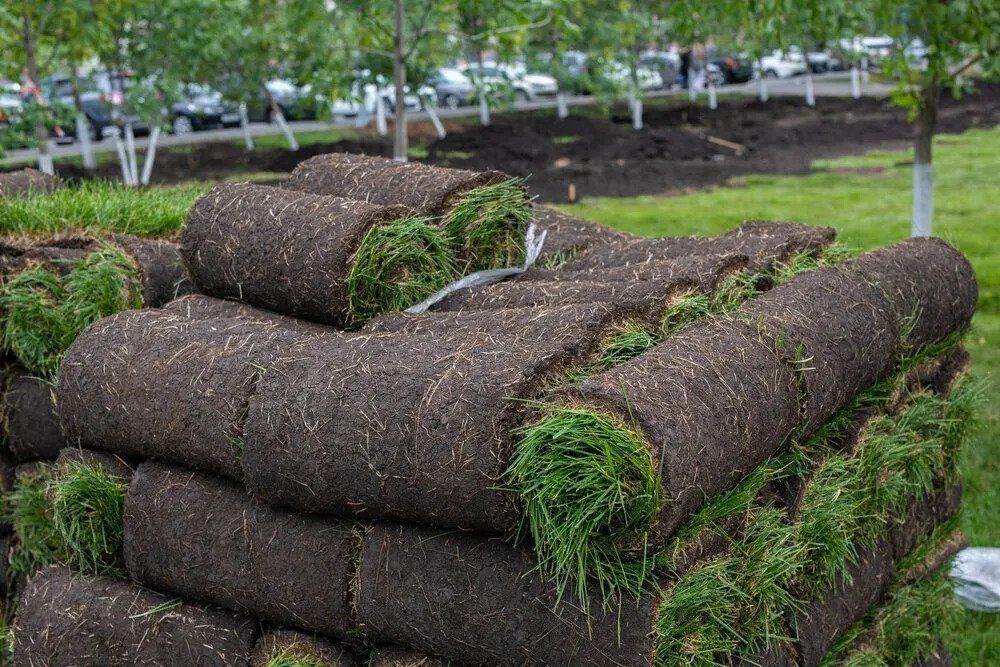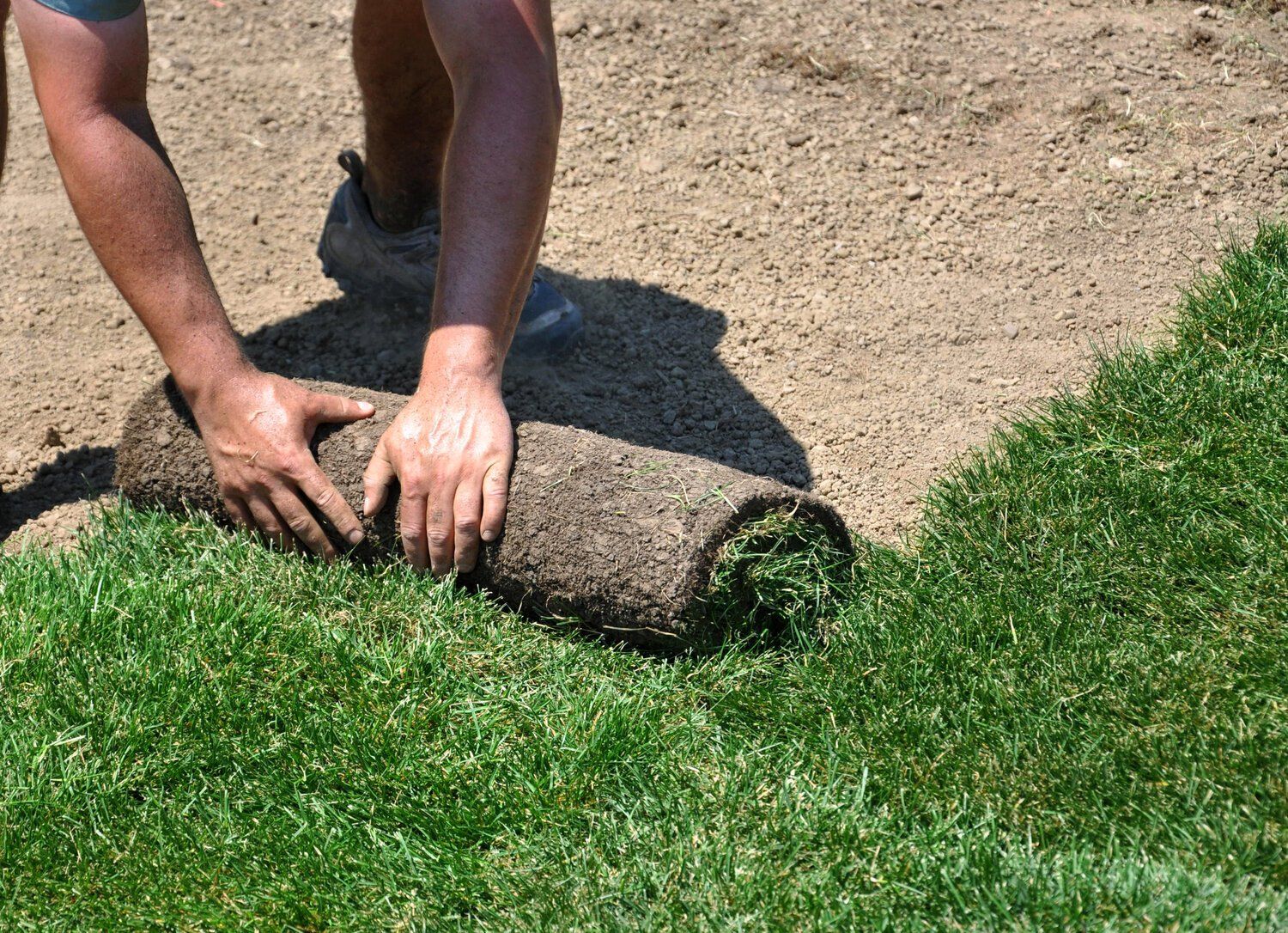Can you lay sod over existing grass?
Laying Sod Over Existing Grass... Should You??
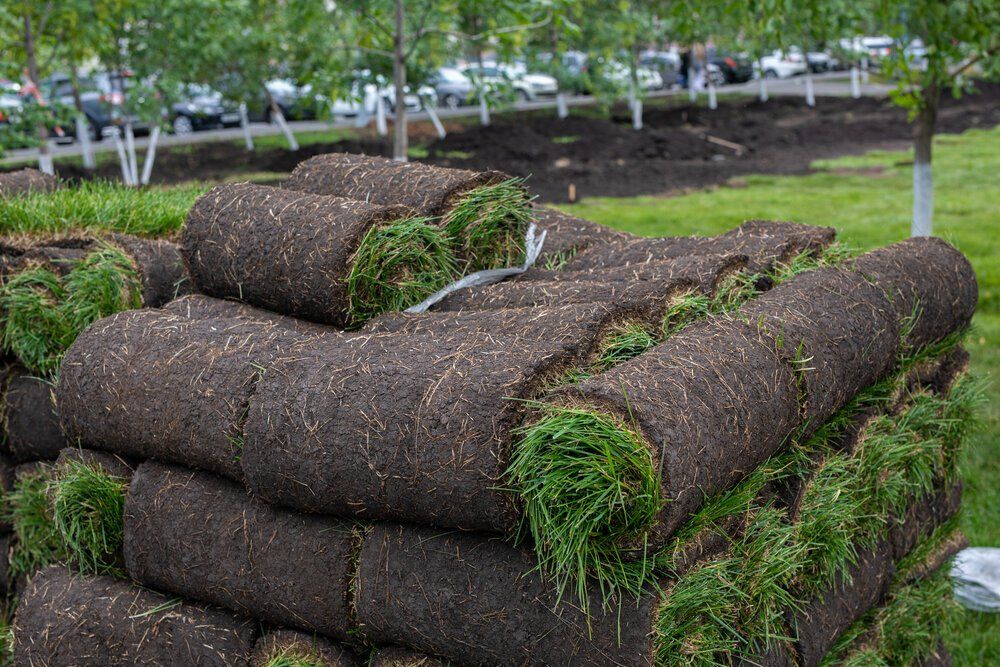
Yes you can lay sod over existing grass if done correctly. In fact, one of the creative ways to supercharge your lawn is to lay new sod over the ground with some existing grass. Sodding your seemingly dead lawn is one of the easiest ways to shed some greenery and life into it. There are 2 ways to lay sod on the ground. You may either use a spade or a sod cutter. Just like any other plant, the sod will root itself into the soil or ground. All it needs is regular watering and spraying of fertilizer.
Make the Best of Your New Sod
On
sod installation day, make sure that the ground had been watered early on. It also helps to allow the sod to settle in for about two weeks before walking or mowing it. Knowing when and how much water sod needs can help maintain a healthy and vibrant lawn. For drought-resistant sod like St. Augustine and Zoysia grasses, regular watering can help them thrive better.
Do I Need A Professional To Lay Sod?
Essentially, sod installation is quite easy and you can do it yourself. However, it can also be time-consuming and if you have a sizable lawn, hiring a professional may be the better choice. Some companies are truly professional with their sod services, like us!
As you scout through your lawn, perhaps you are wondering where you should start sodding. This is where the expertise of professional landscapers comes in. They can provide the right service for the right size of your lawn and the type of sod you intend to install.
Advantages of Hiring A Sod Professional
- Sodding needs careful installation to ensure that the roots will properly anchor into the soil.
- Professionals underwent extensive training in providing the services that you and your lawn need.
- They can work well with any size and type of space, allowing you to optimize the property.
- Hiring a professional allows you to devote your time to other pressing matters while they get your sodding done in no time.
The Amazing Benefits of Laying Sod On Your Lawn
One of the many benefits that you can take advantage of laying sod over your lawn is better drainage. Generally, a nicely laid sod also offers a low-maintenance lawn. Once the sod gains a proper grip on the ground, it will now require less irrigation or watering system. It tends to thrive on its own while giving you gorgeous greenery in your yard.
Is Soil Preparation Necessary for Sod Installation Success?
One of the best ways to achieve success in your endeavors is to give it your best. Similarly, to attain a successful sod installation, it needs the right soil preparation. One of the best ways to ensure that the soil is prepared before the installation is to moisten it a few hours before laying the sod. This helps the sod flourish while you enjoy a fresh-looking ambiance.
Soil Prepration Includes:
Aside from moistening the ground hours before installation, there are other ways to prepare the soil. This includes pH and nutrients testing, topsoil removal, subsoiling, and aeration. Testing the soil pH is the process of measuring the acid and alkaline components of the soil. Remember that the type of soil varies in every place, hence, it is best to ensure that it is healthy and ready for the new sod installation.
When is the best time to lay sod?
Although late fall or early spring can be a good choice to install your new sod, late spring or early summer sod installation can be a better time option. Late spring offers your sod more time to grow before the hot and humid climate comes. An early summer installation, on the other hand, allows your sod to grow and thrive before the winter sets in. It also helps alleviate water stress for the sod during wintertime.
Should I get sod that is drought-resistant?
Living in Jacksonville, FL, this isn't as big of a concern. If you live in a low rainfall area, it may be best to choose a drought-tolerant type of sod. Among these are buffalo grass, bahiagrass, or Bermuda grass. Investing in these types of sod can be worthwhile although it needs some occasional watering. They can survive in little water and with less fertilization.
Get the Best Sod Installation Provider in Jacksonville
Whether your lawn is too wide or you simply do not know how to install the sod, finding the best provider can help you jumpstart the beauty of your lawn. Thus, it is crucial to find a qualified and highly skilled sod installation team that can provide the outcome that you desire for your lawn.
Our Sod Blog
Copyright © 2022 - Jacksonville Sod Masters All Rights Reserved
Privacy Policy & TOS

